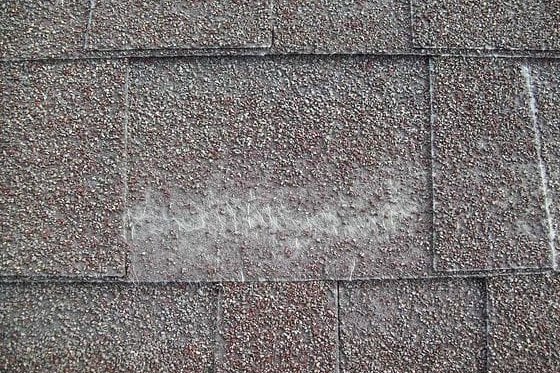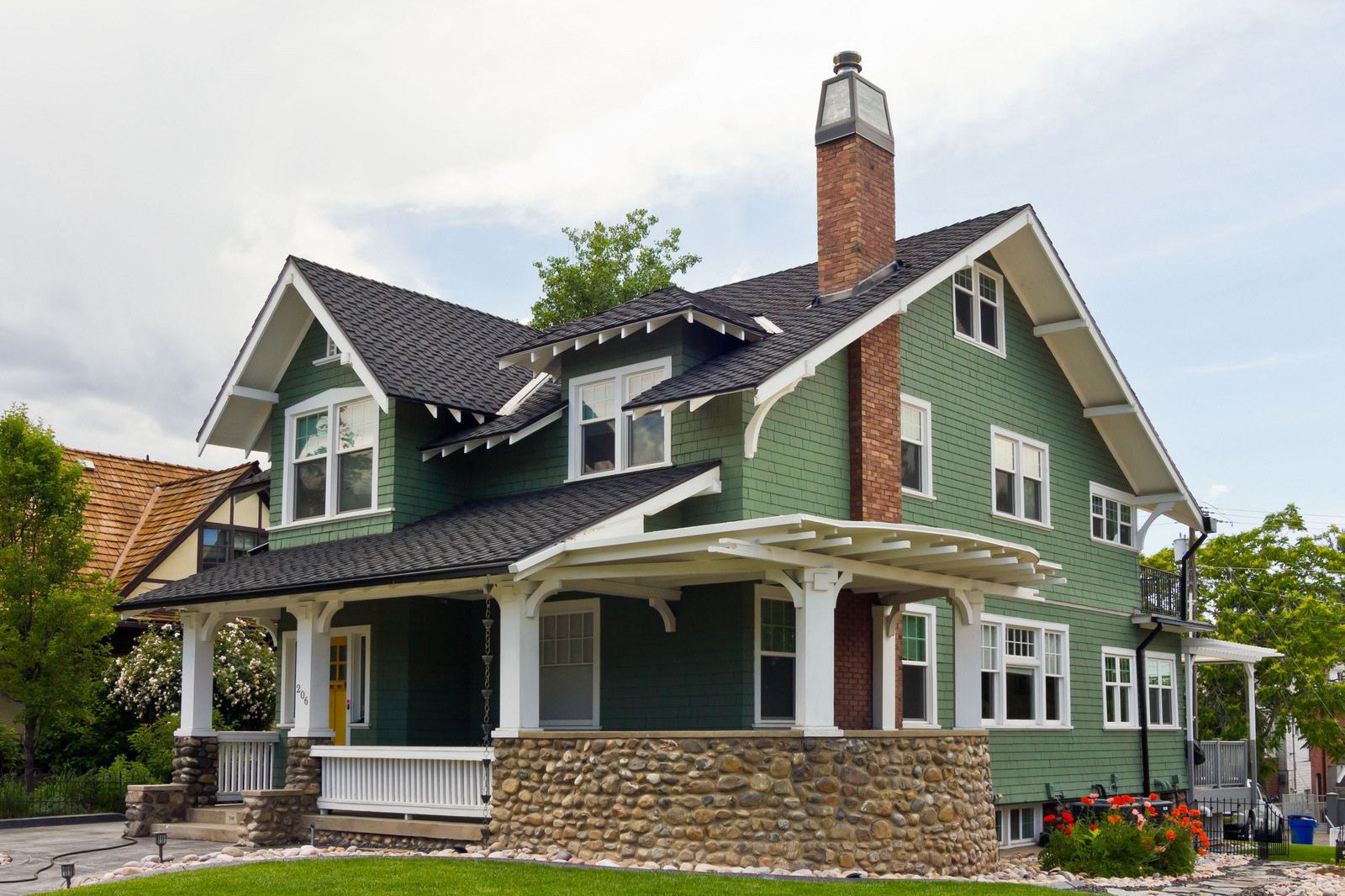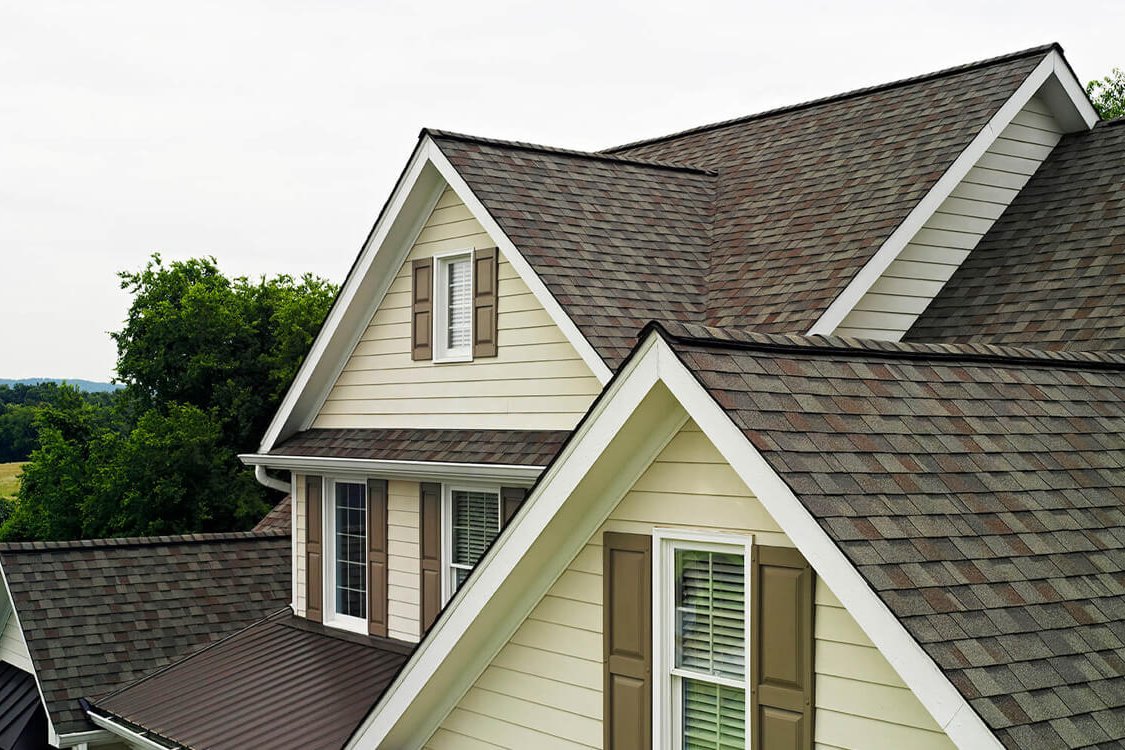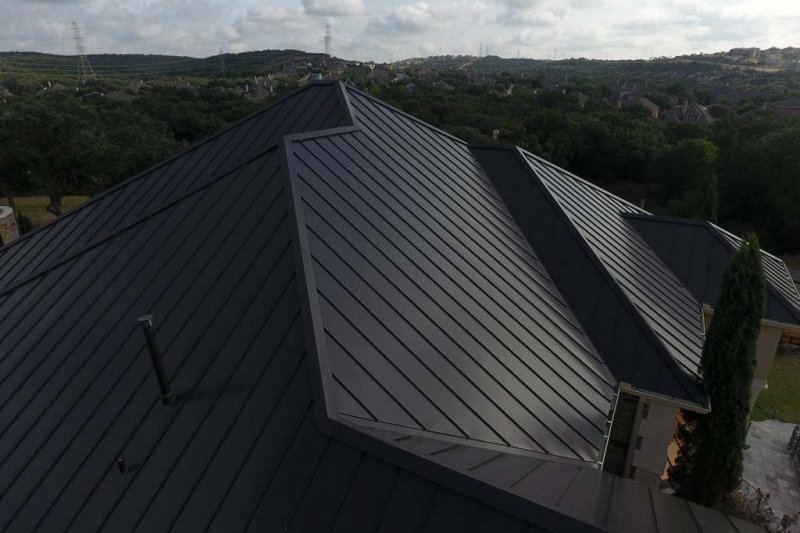Understanding Roofing Costs in Beaverton, Oregon
Navigating the world of home improvement can be complex, and understanding the potential costs associated with major projects like roofing is crucial. For homeowners in Beaverton, Oregon, knowing what influences the price of a roof replacement or repair is the first step in effective budgeting and planning. Roofing costs aren't static; they fluctuate based on a variety of factors, from the materials chosen to the specifics of your home's structure and the current economic climate. This guide breaks down the key elements that contribute to the overall cost of roofing work, helping you prepare financially and make informed decisions.
Factors Influencing Roofing Costs
The total price tag for a roofing project is a sum of several variables. Understanding each component helps demystify the estimate you receive from contractors.
Material Types
The choice of roofing material is often the single largest determinant of cost. Different materials offer varying levels of durability, lifespan, aesthetic appeal, and price points.
- Asphalt Shingles: This is the most common and generally the most affordable roofing material in North America. Available in 3-tab or more durable architectural styles, asphalt shingles offer good weather protection and come in a wide range of colors. Architectural shingles, while slightly more expensive than 3-tab, provide a more dimensional look and often have longer warranties.
- Metal Roofing: Gaining popularity for its longevity and durability, metal roofing comes in various forms, including standing seam panels, metal shingles, and corrugated sheets. While the initial cost is significantly higher than asphalt shingles, metal roofs can last 40-70 years and offer excellent resistance to fire, wind, and hail. The specific type of metal (steel, aluminum, copper, zinc) also impacts the price.
- Wood Shakes or Shingles: These offer a classic, natural look but require more maintenance and may have fire resistance issues unless treated. Costs are typically higher than asphalt but can vary based on wood type (cedar is common). Lifespan is generally 20-40 years with proper care.
- Tile Roofing: Clay and concrete tiles are known for their exceptional durability and aesthetic appeal, particularly in certain architectural styles. They are heavy and require a strong roof structure, which can add to installation costs. Tile roofs can last 50-100 years but are among the most expensive options upfront.
- Synthetic Materials: Designed to mimic the look of slate, wood, or tile, synthetic roofing materials offer durability and often come with long warranties. Their cost is typically higher than asphalt but can be less than natural materials like slate or high-end tile.
The material you select will have a profound impact on both the upfront cost and the long-term value and performance of your roof.
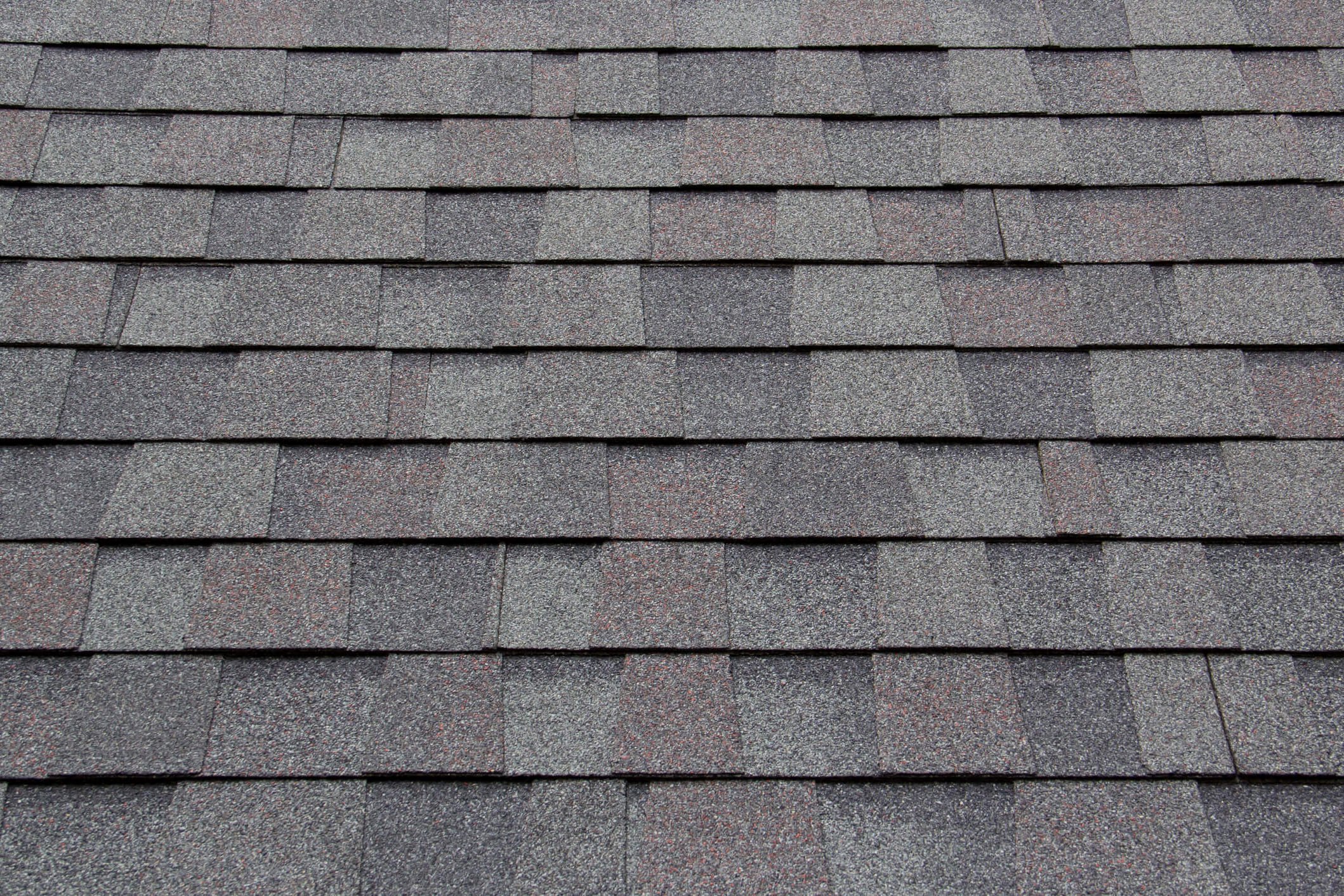
Roof Size and Complexity
Beyond the material, the physical characteristics of your roof play a major role in pricing.
- Square Footage: This is the most basic measurement. Roofing estimates are often provided per square foot or per "square" (a unit equal to 100 square feet). A larger roof naturally requires more materials and labor, increasing the total cost.
- Roof Pitch (Steepness): A steeper roof is more challenging and dangerous to work on. It requires extra safety precautions, specialized equipment, and slower working speeds, all of which increase labor costs. Steep roofs may also require more material due to overlap.
- Complexity of Design: Roofs with multiple angles, valleys (where two roof sections meet), dormers (windows projecting from the roof), chimneys, skylights, and complex transitions require more intricate cutting, fitting, and flashing work. This significantly increases labor time and requires more specialized skills, driving up the cost compared to a simple gable or hip roof. Each penetration (pipe vents, skylights) adds complexity and potential leak points, requiring careful flashing work.
Labor Costs and Installation Expertise
Labor is a significant portion of any roofing estimate. The cost of labor varies by region, the experience of the roofing crew, and the complexity of the job.
- Regional Variations: As seen across the United States, labor rates differ significantly. The Pacific Northwest, including areas like Beaverton, generally has higher labor costs compared to regions with a lower cost of living. This is influenced by local wages, cost of doing business, and demand.
- Crew Experience: Highly experienced roofing crews may charge more, but their efficiency and quality of work can save money in the long run by preventing future issues. Specialized materials (like slate or metal) require roofers with specific expertise, which can also command higher rates.
- Installation Method: The way materials are installed impacts labor time. For instance, standing seam metal roofs require specialized tools and techniques different from installing asphalt shingles. Proper installation is critical for the roof's performance and warranty validity.
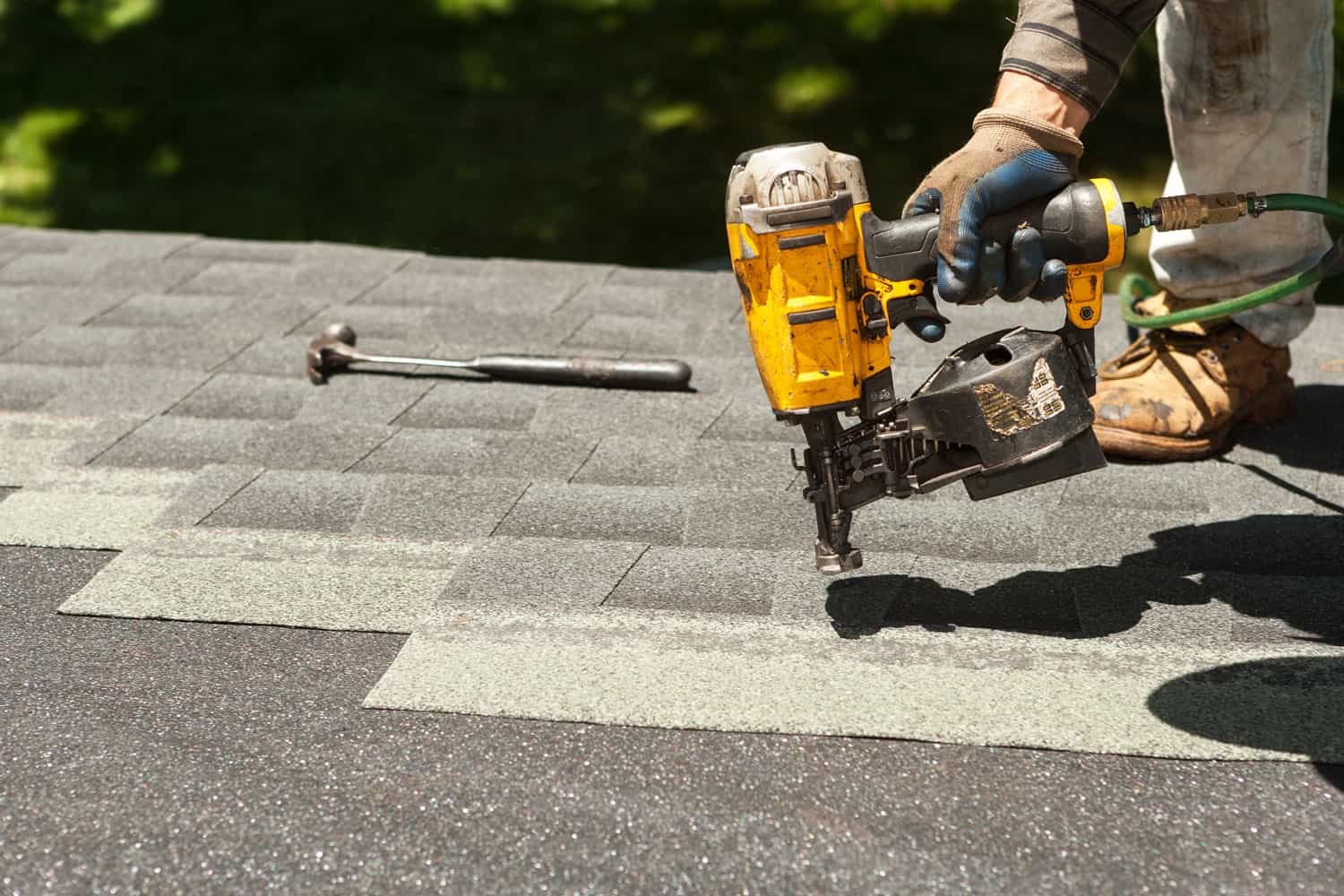
Location-Specific Factors and Climate
Local conditions, including climate and building regulations, directly affect roofing requirements and costs. In Beaverton, Oregon, the climate presents specific challenges that influence roofing choices and installation practices.
- Rain and Moisture: The Pacific Northwest is known for its significant rainfall. This necessitates robust underlayment and flashing systems to prevent water intrusion. Materials resistant to moisture and mold growth are often preferred. Proper ventilation is also critical to manage moisture in the attic space.
- Moss and Algae Growth: The damp climate encourages moss and algae growth on roofs, particularly on asphalt and wood shingles. While cleaning and treatments can mitigate this, severe growth can damage materials and may require more extensive cleaning or material choices that are less susceptible. Some materials, like metal or certain treated shingles, offer better resistance.
- Wind and Storms: While not subject to hurricanes, the region can experience strong winds and occasional storms that can damage shingles or other roofing components. Choosing materials and installation methods rated for higher wind resistance can add to the cost but provide better protection.
- Building Codes and Permits: Local building codes in Beaverton dictate specific requirements for materials, installation methods, and structural considerations to ensure safety and compliance. Obtaining permits and undergoing inspections are necessary steps that add to the project timeline and cost. Adhering to codes is non-negotiable for homeowner safety and insurance purposes.
These local factors mean that roofing solutions in Beaverton are often tailored to withstand specific environmental pressures, which can influence recommended materials and installation techniques, thereby affecting the price.
Understanding Regional Cost Variations
Roofing costs exhibit significant variation across the United States, primarily driven by differences in labor rates, material accessibility, climate demands, and local building codes.
Nationally, residential roofing costs typically average between $5.00 and $7.00 per square foot. However, this is a broad average.
- In the Northeast, costs tend to be higher, ranging from $6.00 to $8.50 per square foot. This is influenced by a high cost of living, stringent building codes, and the need for materials capable of withstanding harsh winter conditions.
- The Southeast generally sees lower costs, between $4.50 and $6.50 per square foot. A competitive market, readily available materials, and a climate requiring materials resistant to heat and humidity contribute to this range.
- The Midwest falls into a moderate range, typically $5.00 to $7.00 per square foot. Labor costs are generally moderate, and supply chains are strong.
- The Southwest, including states like Texas and Arizona, often has costs between $4.75 and $6.50 per square foot, partly due to lower labor costs in some areas and materials suited for hot, dry climates.
- The West Coast, encompassing states like California, Oregon, and Washington, experiences higher costs, ranging from $5.50 to $8.00 per square foot. This is driven by higher labor rates, stricter environmental and building codes, and a preference for high-quality, durable materials.
- The Mountain States average around $5.50 to $7.50 per square foot, influenced by geographical challenges that can increase transportation costs and labor complexity in remote areas, as well as climate considerations like heavy snow loads.
While these ranges provide a general context, the specific cost for your home will depend on the factors discussed above – material, complexity, and the specific contractor you choose.
Getting an Accurate Estimate
Before undertaking any roofing project, obtaining an accurate estimate is essential for planning and budgeting. However, not all estimates are created equal, and the process for getting one can vary depending on your needs.
Why Estimates Vary
Even for the same house and material, estimates from different contractors can vary. This is often due to differences in:
- Overhead Costs: Larger companies may have higher overhead (office staff, marketing) that is reflected in their pricing.
- Profit Margins: Different businesses operate with different desired profit levels.
- Scope of Work: Ensure each estimate includes the exact same scope – removal of old roof layers, specific underlayment, flashing details, ventilation, cleanup, and warranty coverage. A lower bid might exclude necessary steps.
- Material Suppliers: Contractors may have relationships with different suppliers, leading to slight variations in material costs.
- Warranty Offerings: The length and type of warranty (contractor workmanship warranty vs. manufacturer material warranty) can influence the price.
Comparing multiple, detailed estimates is crucial to understanding what you are paying for.
The Value of Instant Estimates
For homeowners who are in the early stages of planning, budgeting for a future project, or simply curious about the potential cost of their roof, an instant estimate can be incredibly valuable. This is particularly useful for non-urgent situations like:
- Planned roof replacements that are several years away.
- Budget planning for future home improvement projects.
- Comparing potential costs for different types of roofing materials (though instant estimates often focus on standard types like asphalt).
- General roof evaluations when there are no immediate signs of damage or leaks.
Instant estimates leverage technology, like satellite imagery and local market data, to provide a quick, initial cost approximation without requiring an in-person visit.
If you're planning for the future or simply want a quick idea of potential costs for your home, you can get a fast and free roof estimate without waiting for an appointment.
Get a Fast and Free Roof Estimate
When You Need an In-Person Assessment
While instant estimates are great for initial planning, they cannot replace a thorough, in-person inspection by a qualified professional. An in-person assessment is critical for urgent situations and detailed project planning because a roofer can:
- Identify subtle damage not visible from satellite imagery (e.g., soft spots in the decking, issues with flashing around chimneys, granule loss not apparent from above).
- Assess the condition of underlying components like the roof deck, fascia, and soffits.
- Measure complex roof features accurately.
- Discuss specific material options, colors, and warranties in detail.
- Provide a firm, detailed quote based on a complete understanding of the project's scope and any potential hidden issues.
An in-person assessment is essential for:
- Active roof leaks where the source needs to be identified and repaired immediately.
- Storm damage (missing shingles, fallen debris, hail damage) requiring immediate professional attention and potentially insurance claims.
- Any situation where immediate professional inspection is needed due to visible damage or concerns about the roof's integrity.
- Emergency repairs that cannot wait.
Choosing the Right Roofer
Selecting a qualified and reputable roofing contractor is as important as choosing the right materials. A skilled roofer ensures the job is done correctly, safely, and according to code, protecting your investment for years to come.
Importance of Vetting
Before hiring any contractor, it's vital to do your homework:
- Check for proper licensing and insurance.
- Read reviews and ask for references.
- Verify their experience, especially with the type of material you plan to use.
- Ensure they provide a detailed contract outlining the scope of work, materials, timeline, and payment schedule.
- Understand the warranty they offer on their workmanship.
Finding a trustworthy professional can be time-consuming, but it prevents potential headaches down the line.
Streamlining the Process
When you need a professional assessment, especially for urgent issues, streamlining the process of finding and scheduling a contractor is a major benefit. This is where platforms designed to connect homeowners with pre-vetted local roofers can be invaluable.
For urgent needs like leaks or storm damage, or when you're ready for a detailed assessment and quote, you can connect directly with pre-vetted local roofing professionals.
Schedule Your Roofing Appointment with a Local Pro
This type of service simplifies the process of finding available, qualified contractors in your area and scheduling a time for them to assess your specific roofing needs.
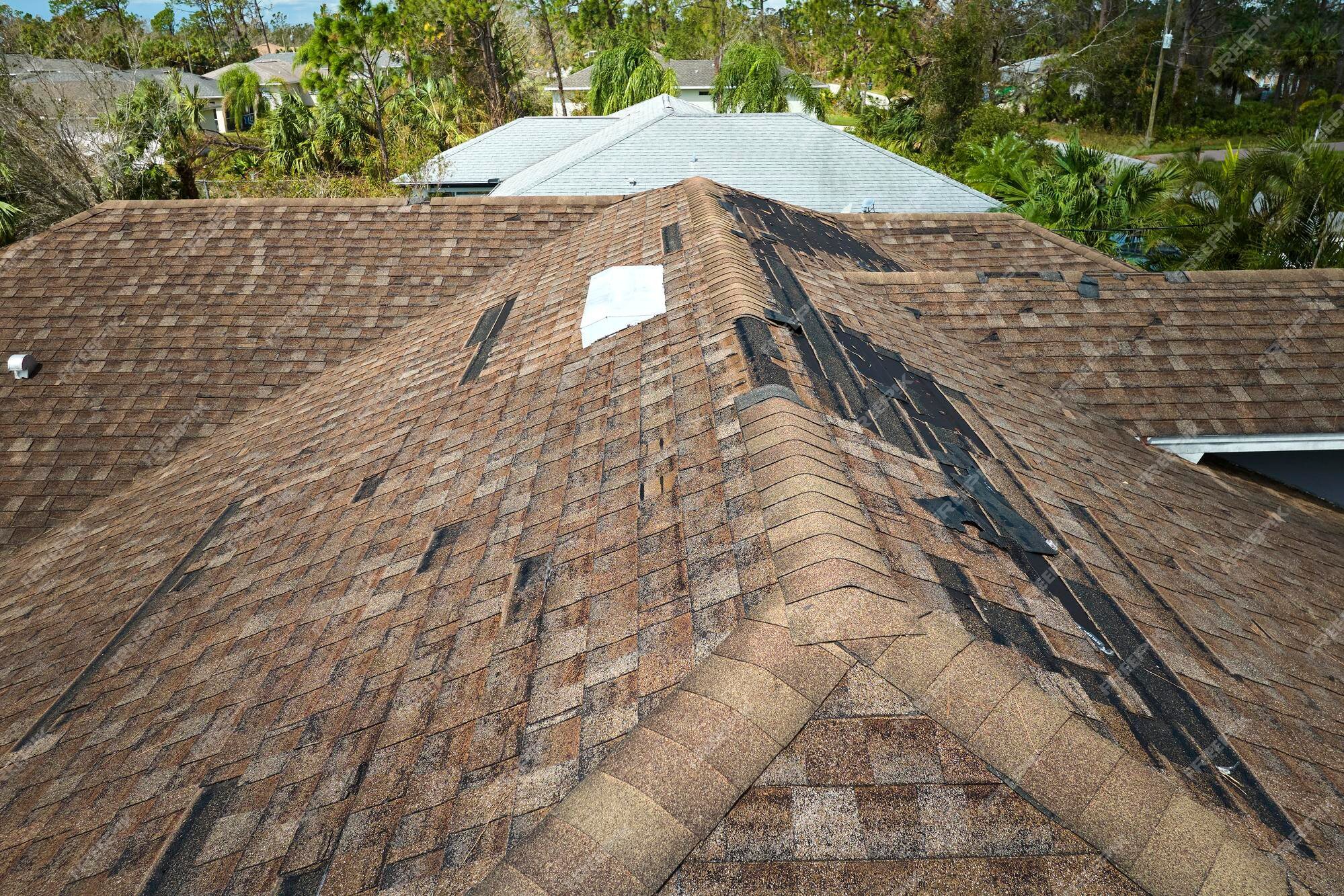
Frequently Asked Questions About Roofing Costs
Homeowners often have questions about the financial aspects of roofing projects. Here are some common inquiries:
How long does a roof replacement typically take?
The duration of a roof replacement depends on the size and complexity of the roof, the material being installed, and weather conditions. A standard asphalt shingle roof on an average-sized house with a simple design might take 1-3 days. More complex roofs or specialized materials can take a week or longer. Weather delays, especially rain common in areas like Beaverton, can also extend the timeline.
Does insurance cover roof replacement?
Homeowner's insurance typically covers roof replacement or repair if the damage is caused by sudden, unexpected events like storms, falling trees, or fire. It generally does not cover damage due to age, lack of maintenance, or wear and tear. If you suspect storm damage, contact your insurance provider promptly and document the damage thoroughly.
What is included in a roofing estimate?
A comprehensive estimate should detail:
- Cost of removing old roofing layers (tear-off).
- Cost of disposal of old materials.
- Cost of new roofing materials (shingles, underlayment, flashing, nails, etc.).
- Cost of labor for installation.
- Cost of permits and inspections.
- Any necessary repairs to the roof deck or structure.
- Cleanup procedures.
- Warranty information (both manufacturer and contractor).
Always ask for a detailed breakdown to compare bids accurately.
What are common signs that my roof needs attention?
Look for signs like missing or damaged shingles, curling or buckling shingles, excessive granule loss in gutters, water stains on interior ceilings or walls, daylight visible through the roof boards in the attic, or sagging sections of the roof. Addressing minor issues early can prevent more costly damage later.
Is it possible to roof over existing shingles?
In some cases, a second layer of asphalt shingles can be installed over an existing layer if the roof deck is in good condition and local codes allow it. However, this is generally not recommended. Adding a second layer adds significant weight to the structure and can trap heat and moisture, potentially shortening the lifespan of the new roof. A complete tear-off is almost always the preferred method for a new roof installation, as it allows for inspection and repair of the underlying roof deck.
How important is roof ventilation?
Proper roof ventilation is extremely important. It helps regulate attic temperature, preventing excessive heat buildup in the summer (which can damage shingles) and preventing ice dams in the winter. Ventilation also allows moisture to escape, preventing mold and rot in the attic and roof structure. Adequate intake (soffit) and exhaust (ridge or box) vents are crucial for a healthy roof system.
What kind of warranty should I expect?
Roofing warranties typically come in two forms:
- Manufacturer's Warranty: Covers defects in the roofing materials themselves. Length varies by material type and quality, often ranging from 20 years for basic asphalt shingles up to 50 years or lifetime for architectural shingles or metal roofs. Some enhanced warranties cover the full system (shingles, underlayment, vents, etc.) and may offer prorated or non-prorated coverage.
- Workmanship Warranty: Provided by the roofing contractor, covering the quality of the installation. This typically ranges from 1 to 10 years. Ensure your contractor stands behind their work.
Understanding both warranties is vital for protecting your investment.
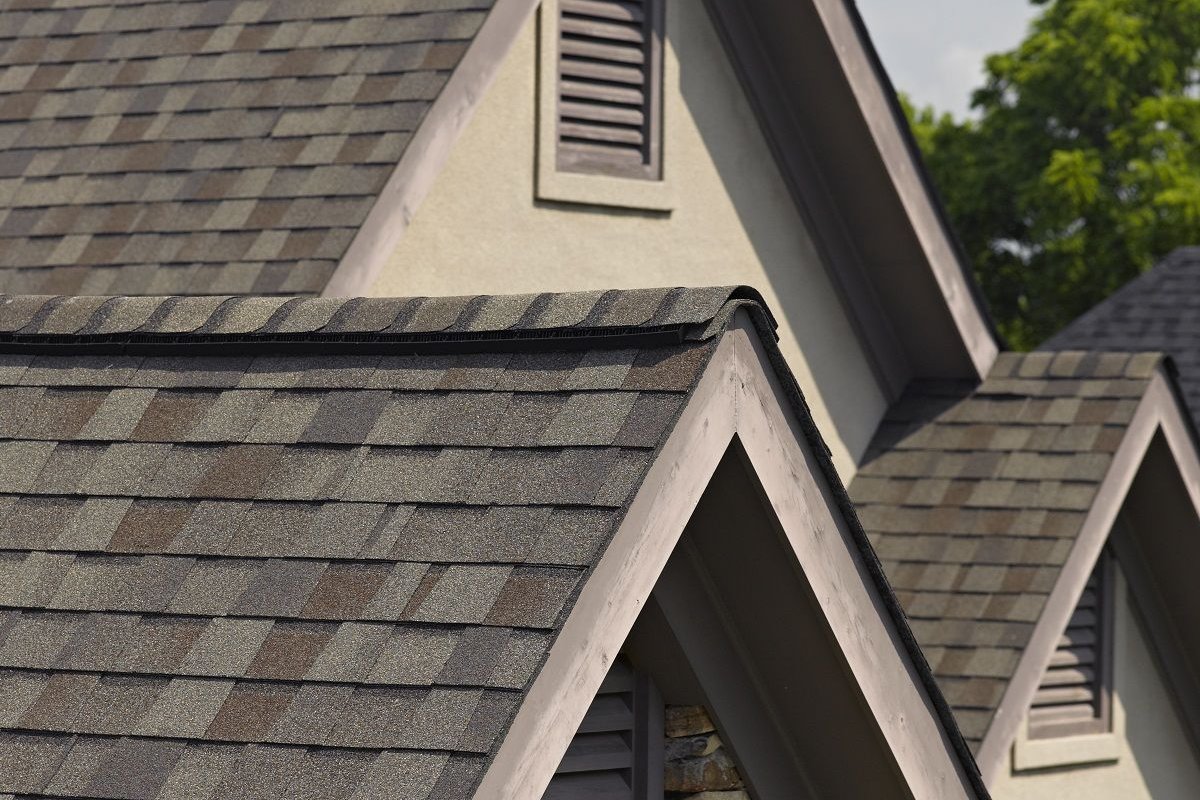
Investing Wisely in Your Home's Protection
Understanding the various factors that influence roofing costs, from material choices and roof complexity to local labor rates and climate considerations like those in Beaverton, Oregon, empowers you to approach this significant home improvement project with confidence. Whether you are planning for a future replacement or facing an unexpected repair need, being informed about the process and potential expenses is key to effective budgeting and decision-making. Having access to reliable information and trusted professionals ensures that your investment provides lasting protection and value for your home.
